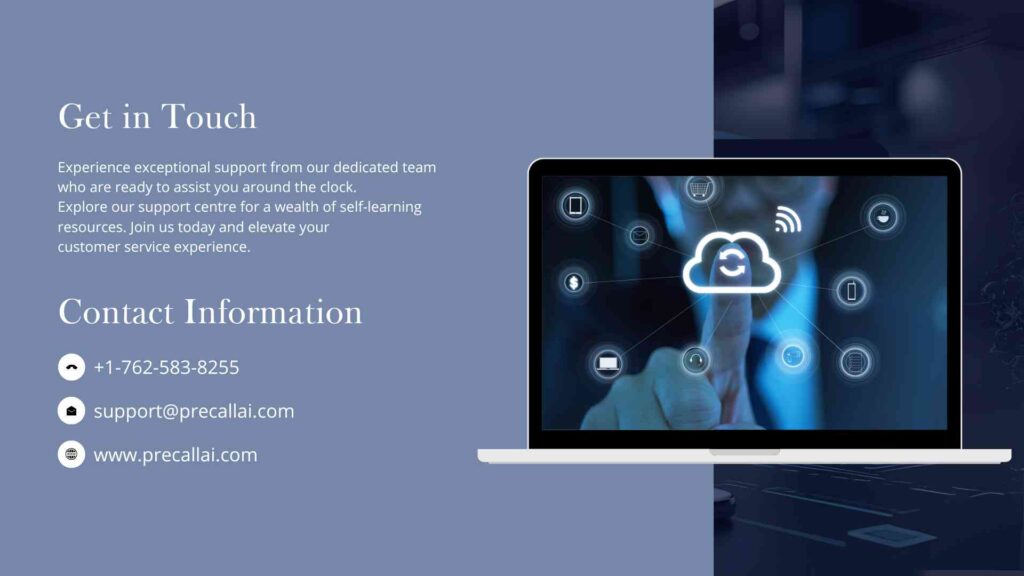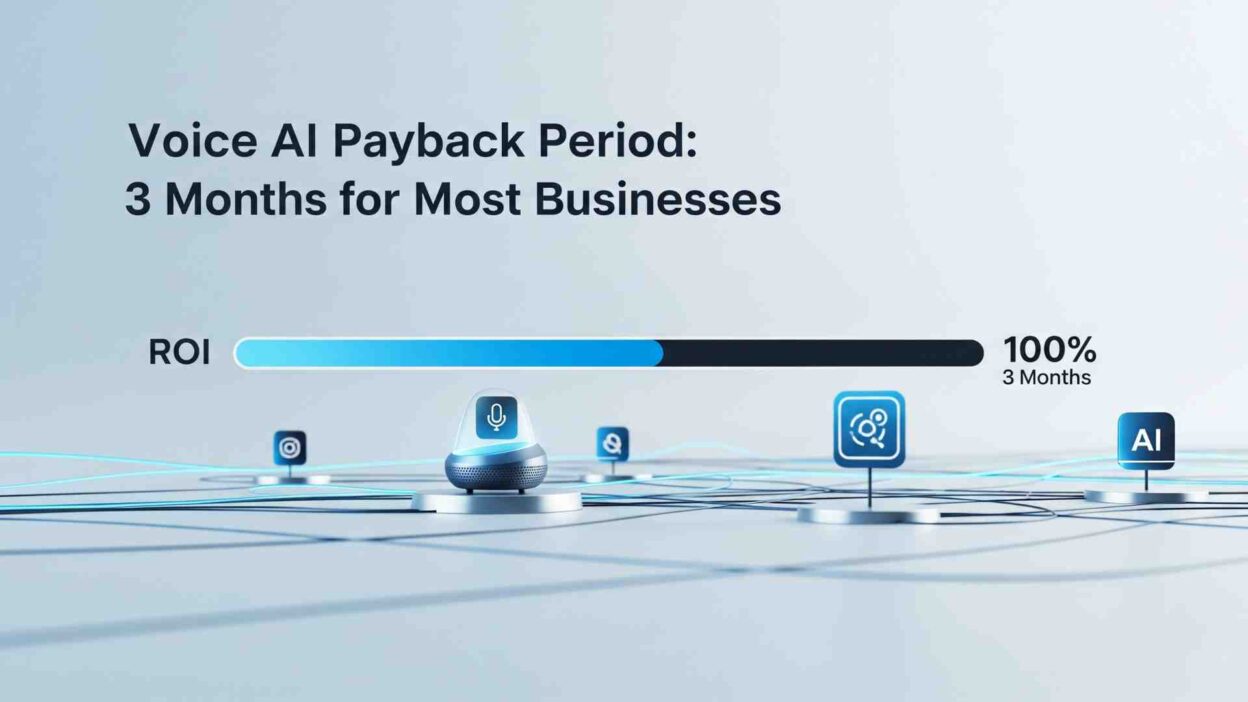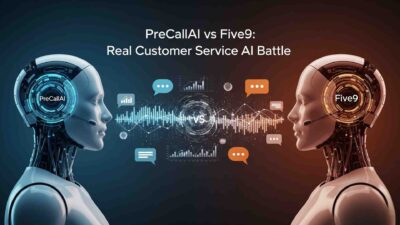TL;DR Voice AI payback period averages just 3 months for most businesses implementing intelligent voice solutions. Smart companies recognize that voice AI transforms operations faster than any technology investment in recent memory.
Table of Contents
Voice automation delivers immediate cost savings. Labor reduction happens instantly. Customer satisfaction improves within weeks. Revenue growth follows shortly after implementation.
Understanding Voice AI Payback Period Fundamentals
The voice AI payback period measures time required to recover initial investment costs through operational savings. Most businesses achieve full cost recovery within 90 days of deployment.
Key factors affecting payback speed include:
- Current labor costs for voice-based tasks
- Implementation complexity and setup time
- Training requirements for staff adaptation
- Volume of voice interactions processed daily
Cost Reduction Components Drive Fast Returns
Voice AI eliminates multiple expense categories simultaneously. Customer service representatives handle fewer routine calls. Appointment scheduling becomes fully automated. Sales qualification processes require zero human involvement.
Labor savings typically account for 60-80% of total cost benefits. A single voice AI system replaces 2-4 full-time employees, depending on call volume. Average annual savings range from $120,000 to $200,000 per replaced position.
Energy costs decrease significantly. Voice AI systems consume 95% less power than traditional call centers. Office space requirements shrink as fewer workstations become necessary.
Revenue Enhancement Accelerates Payback
Voice AI doesn’t just cut costs. Revenue generation improves through multiple channels. Customer response times drop from minutes to seconds. Service availability extends to 24/7 without additional staffing costs.
Lead qualification accuracy increases by 40-60% compared to human operators. Voice AI systems never miss appointments or forget follow-up calls. Conversion rates improve as consistent professional interactions replace variable human performance.
Cross-selling opportunities multiply. Voice AI analyzes customer speech patterns in real-time. Relevant product suggestions appear at optimal conversation moments. Average transaction values increase by 15-25% within the first quarter.
Industry-Specific Voice AI Payback Period Analysis
Different industries experience varying payback timelines based on operational complexity and integration requirements.
Healthcare Facilities: 2-3 Month Payback
Medical practices achieve the fastest voice AI payback period due to high appointment scheduling volumes. A typical clinic handling 500+ daily calls saves $8,000-12,000 monthly through automation.
Appointment confirmation calls become fully automated. Patient reminder systems operate without staff involvement. Insurance verification processes complete instantly rather than requiring 10-15 minute phone calls.
Emergency response systems integrate seamlessly. Voice AI triages calls based on urgency indicators. Critical cases receive immediate human attention while routine inquiries get automated responses.
Retail Operations: 3-4 Month Returns
Retail businesses see voice AI payback period extending slightly due to seasonal variation patterns. Holiday shopping surges test system capabilities while summer slowdowns reduce savings visibility.
Customer support automation handles product inquiries instantly. Store hour questions never require human operators. Return policy explanations become standardized and accurate every time.
Inventory management improves through voice-activated warehouse systems. Staff locate products 50% faster using voice commands instead of handheld scanners. Order fulfillment accuracy increases while processing time decreases.
Real Estate Agencies: 1-2 Month Payback
Real estate achieves the shortest voice AI payback period among service industries. Lead generation costs drop dramatically while response quality improves substantially.
Property inquiry calls receive immediate responses 24/7. Basic qualification questions filter serious buyers from casual browsers. Appointment scheduling integrates directly with agent calendars without human coordination.
Market information requests get instant, accurate responses. Neighborhood statistics, school ratings, and property tax information are delivered consistently. Agents focus exclusively on qualified prospects instead of answering repetitive questions.
Implementation Strategy Affects Voice AI Payback Period
Deployment approach significantly impacts how quickly businesses achieve positive returns on voice AI investments.
Phased Rollout Accelerates Benefits
Smart companies implement voice AI gradually rather than attempting complete system overhauls. Initial deployment focuses on the highest-volume, most repetitive tasks. Success metrics become visible within days rather than months.
Week 1-2: Basic call routing and simple FAQ responses Week 3-4: Appointment scheduling and customer information updates
Week 5-8: Complex query handling and integration with existing systems Week 9-12: Advanced features like sentiment analysis and predictive responses
This staged approach reduces training requirements. Staff adapts gradually to new workflows. Technical issues get resolved before affecting critical business operations.
Integration Quality Determines Success Speed
Seamless integration with existing systems accelerates voice AI payback period substantially. APIs connecting to CRM platforms enable instant customer data access. Calendar integrations prevent double-booking scenarios.
Payment processing connections allow voice AI to handle transaction completions. Inventory systems provide real-time product availability information. Marketing automation platforms receive qualified lead data automatically.
Quality integration reduces manual data entry by 80-90%. Staff productivity increases as context switching between systems becomes unnecessary. Customer experience improves through faster, more accurate responses.
Measuring Voice AI Payback Period Accurately
Proper measurement ensures realistic expectations and validates investment decisions. Most businesses underestimate total benefits while overestimating implementation complexity.
Direct Cost Savings Calculation
Labor cost reduction forms the largest component of voice AI returns. Calculate current fully-loaded employee costs including salary, benefits, training, and management overhead. Multiply by percentage of tasks becoming automated.
Example calculation for customer service department:
- 3 full-time representatives at $45,000 annual salary
- Benefits and overhead add 35% = $60,750 per employee
- Total annual cost: $182,250 for 3 employees
- Voice AI handles 70% of current workload
- Annual savings: $127,575
- Monthly savings: $10,631
- Voice AI system cost: $2,500/month
- Net monthly benefit: $8,131
- Payback period: 2.8 months
Facilities costs decrease as fewer workstations become necessary. Phone system expenses drop through consolidation. Training costs disappear for routine task handling.
Indirect Benefits Add Substantial Value
Customer satisfaction improvements generate long-term revenue growth. Voice AI provides consistent service quality regardless of time or staff availability. Customer retention rates increase by 10-15% within six months.
Brand reputation enhancement occurs through reliable 24/7 availability. Negative reviews from missed calls or poor service decrease dramatically. Positive feedback increases as response times improve.
Competitive advantage develops as customer expectations rise industry-wide. Early voice AI adopters capture market share from slower-moving competitors. Premium pricing becomes sustainable through superior service delivery.
Common Voice AI Payback Period Mistakes
Business leaders frequently miscalculate returns through incomplete analysis or unrealistic expectations.
Underestimating Implementation Speed
Many companies expect months-long implementation periods similar to traditional software deployments. Modern voice AI systems become operational within days of configuration completion.
Cloud-based platforms eliminate hardware installation requirements. Pre-trained models handle common scenarios immediately. Custom training requires hours rather than weeks for most business applications.
Integration complexity depends heavily on existing system architecture. Well-documented APIs enable rapid connections. Legacy systems may require additional development time but rarely exceed 30 days for basic functionality.
Overlooking Scalability Benefits
Initial voice AI deployments often handle limited scenarios. Expansion capabilities provide additional value without proportional cost increases. The same system supporting 100 daily calls easily scales to 1,000+ calls.
Seasonal volume spikes become manageable without temporary staffing. Holiday shopping surges or tax season increases get absorbed automatically. Disaster response scenarios maintain service continuity when human staff becomes unavailable.
Geographic expansion requires no additional infrastructure. Voice AI systems serve multiple locations simultaneously. International operations benefit from 24/7 availability across time zones.
Ignoring Employee Productivity Gains
Voice AI doesn’t just replace human tasks. Remaining staff becomes significantly more productive through improved tools and reduced interruptions. Complex problem-solving capabilities improve when routine tasks disappear.
Job satisfaction increases as repetitive work gets automated. Employee retention improves reducing recruitment and training costs. Career development opportunities expand as staff focuses on higher-value activities.
Training requirements decrease for new hires. Voice AI handles basic questions allowing faster onboarding. Experienced staff mentors newcomers rather than answering routine inquiries repeatedly.
Future-Proofing Voice AI Investments
Technology advancement continues accelerating voice AI capabilities while reducing implementation costs. Early adopters gain sustainable competitive advantages.
Continuous Improvement Reduces Ongoing Costs
Machine learning algorithms improve automatically through usage data. Response accuracy increases over time without additional investment. Custom vocabulary develops organically through real conversation analysis.
Integration capabilities expand through regular platform updates. New software connections become available without custom development. Industry-specific features roll out automatically to existing customers.
Maintenance requirements remain minimal compared to traditional software systems. Cloud hosting eliminates server management tasks. Updates deploy automatically without business disruption.
Market Competition Drives Innovation
Voice AI vendor competition accelerates feature development while reducing prices. Businesses benefit from rapidly improving capabilities at stable or decreasing costs.
New vendors entering the market create pricing pressure on established providers. Performance improvements occur more frequently as companies compete for market share. Customer service standards rise across the entire industry.
Standardization efforts improve integration possibilities. Common APIs reduce custom development requirements. Best practices emerge, making implementation more predictable and successful.
Read More: Voice AI Carbon Footprint: 90% Greener Than Human
Conclusion

The voice AI payback period of 3 months represents conservative estimates for most business implementations. Many companies achieve positive returns within 4-6 weeks of deployment. Smart businesses recognize voice AI as essential infrastructure rather than optional technology.
Cost savings occur immediately through labor reduction and efficiency improvements. Revenue growth follows quickly through enhanced customer experiences and expanded service capabilities. The voice AI payback period shortens as implementation expertise grows and technology capabilities advance.
Forward-thinking companies invest in voice AI before competitive pressure makes adoption necessary. Early movers capture market advantages while costs remain low and implementation becomes routine. The voice AI payback period will likely decrease further as platforms mature and business processes adapt to automated workflows.
Success requires realistic planning and proper measurement. Most businesses underestimate benefits while overestimating implementation complexity. The voice AI payback period provides compelling justification for immediate action rather than prolonged evaluation periods.





